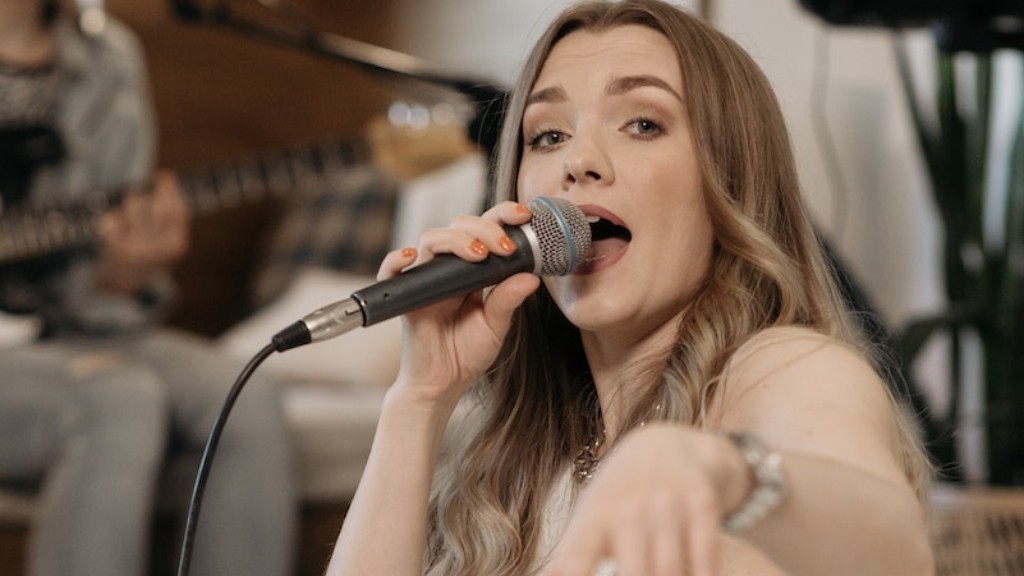How To Draw A Bar Of Chocolate
Drawing a bar of chocolate with pencil and paper can be a fun and rewarding experience for artists of all skill levels. Whether you’re in the mood to create a beautiful piece of art, or simply want to try something new and exciting, drawing a bar of chocolate is sure to satisfy.
Before you dive in, it’s important to know exactly what you want your drawing to look like. Think about the size of the bar, its color, shape, any textures you want to add, and maybe a few additional details. The more prepared you are, the easier it will be to draw your chocolate bar.
Next, it’s time to get down to business and prepare your work space. You’ll need paper, a pencil, and a good eraser. It’s also very helpful to have a ruler or measuring device like the handy one in your smartphone to help you stay consistent with your drawing.
Now comes the fun part – it’s time to draw! Start with the big picture; draw a broad outline of the bar, its texture, shadow, and any other details you’d like to include. As you draw, make sure you’re paying attention to the direction in which you’re shading. This will be key in making sure your drawing looks realistic.
Finally, use the eraser to clean up any parts of the drawing that you don’t like, and touch up your shadows and textures. If you’d like to add a few more details, like nut pieces or drizzles of melted chocolate, now is the time to do it. When you’re satisfied with how your chocolate bar looks, it’s time to add a few finishing touches and admire your masterpiece!
Drawing Tips and Tricks
If you want your chocolate bar drawing to come out looking flawless, it pays to put in extra effort from the start. Here are some great tips and tricks to help you bring your chocolate bar drawing to the next level.
Visualize the entire drawing in your mind’s eye first. This will help you keep all of your details consistent and make sure your drawing looks realistic.
Before you move on to finer details, it’s important that you get the overall shape and size of the chocolate bar right. Use a measuring device if it helps you to draw it to exact scale.
Layering your pencil’s strokes can help you create the illusion of smooth edges and realistic shadows, giving your drawing a professional finish.
Don’t forget the power of simplicity; the most realistic looking drawings are the simplest ones. Don’t overload your drawing with unnecessary details, instead focus on the essentials.
Shading and Texturing
The finishing touches you add to your drawing can take your artwork from the realms of okay to amazing. The key to achieving realistic looking results are shading and texturing.
When it comes to shading, paying attention to the direction in which you’re drawing your pencil strokes is essential. This will help you create convincing shadows and give your drawing depth and character. Get creative with the way you shade, mix and match it up.
Textures can be added using various techniques, such as hatching, cross-hatching, scribbling and stippling. Make sure to take your time and experiment with different techniques to find the one that works best. Adding subtle texture variations will give your chocolate bar drawing a professional and polished look.
Tips For Achieving Realistic Results
Bringing your chocolate bar drawing to life and achieving realistic results requires practice and patience. Here are a few tips to help you stay on the right track.
Build up your details gradually; begin with the broad outlines and then move on to the details. This will help you create a realistic looking drawing.
Look for reference images from books, magazines, or even the web to help you gain a better understanding of how a chocolate bar looks in real life. A reference image makes it easier to know what details to add and what shadows to draw.
Try to stay as close to nature as possible. Look for little variations in natural chocolate bar colors, shapes and textures to get a better understanding of what you’re drawing.
It’s also important to take breaks while drawing. Drawing is a creative activity and it requires energy, taking a few breaks can help you stay focused and come back energized.
Tools and Techniques
Creating a stunning chocolate-drawing masterpiece requires a variety of tools and techniques. Here’s a breakdown of the most important items and steps you’ll need to make your drawing stand out.
Paper – Use good quality paper that is sturdy enough to provide good support while you draw.
Pencils – Different degrees of pencils can be used to achieve different results. You may want to experiment with a few different types to find the one that works best for you.
Rulers – These are essential for drawing accurate proportions and lines.
Erasers – They’re helpful for correcting mistakes. Get a good quality eraser that won’t damage the paper when you erase.
Shading techniques – It’s important to pay attention to the direction in which you’re drawing your shadows.
Textures – Use different techniques, such as hatching and stippling, to create convincing textures.
Drawing Inspiration
Finally, here are a few inspirational ideas to help get your creative juices flowing.
Take a look at the work of other chocolate bar artists for inspiration and ideas. Seeing the work of other passionate creatives is a great way to find new approaches to drawing a chocolate bar.
Experiment with different color combinations. Take inspiration from nature to create unique and realistic looking colors for your chocolate bar drawing.
Challenge yourself by trying something different. Draw a highly detailed chocolate bar in black & white, or try a completely abstract rendition.
Remember to have fun while you draw. The end result isn’t as important as the process. So take your time, enjoy yourself, and take pride in the outcome.
